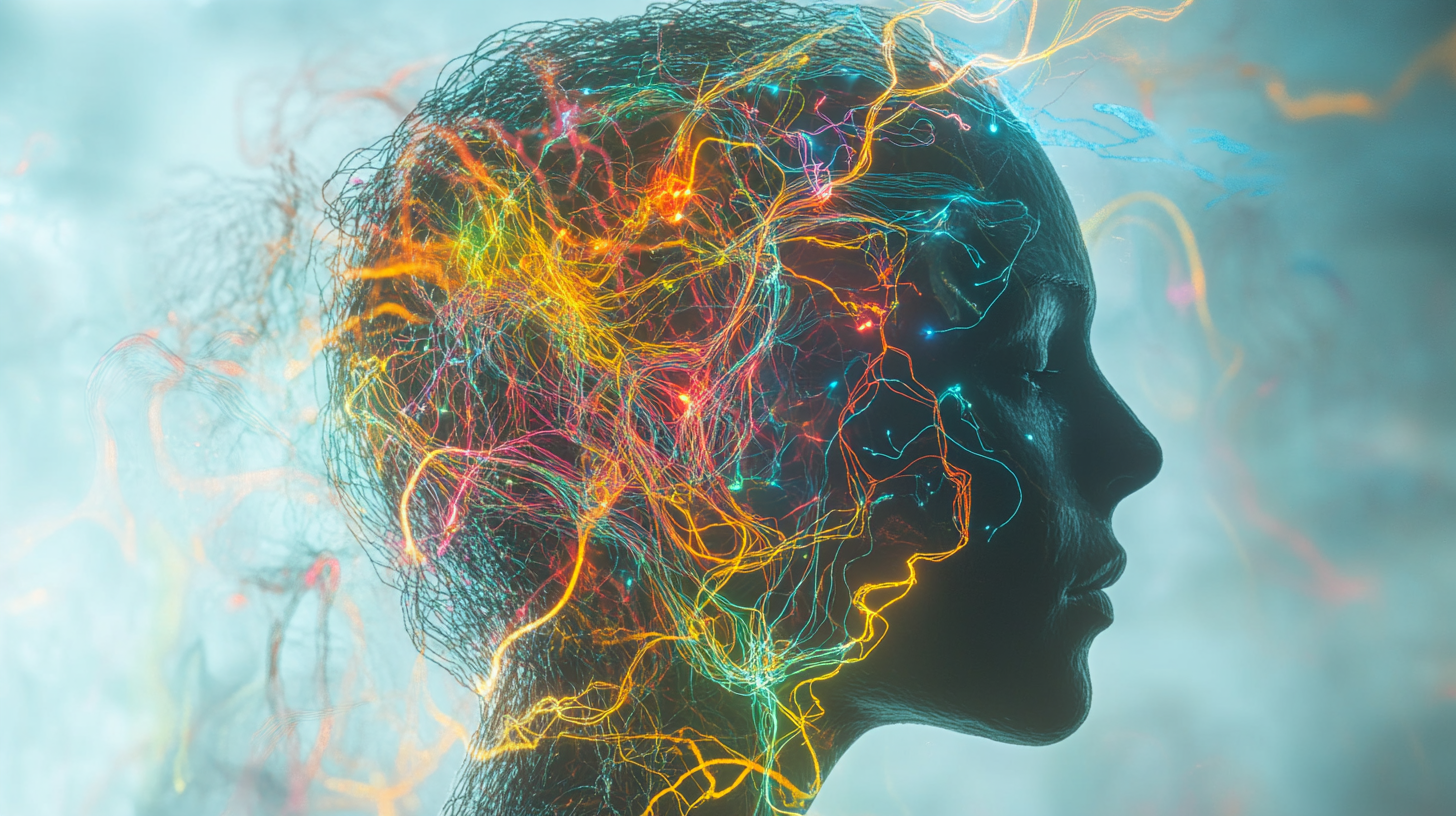It’s Not You, It’s Your Wiring: Understanding the Autonomic Nervous System & How to Regulate

September 25, 2024
It’s Not You, It’s Your Wiring
Every human has an Autonomic Nervous System (ANS), and understanding how trauma affects the nervous system is essential in the recovery process. For survivors of CPTSD (Complex Post-Traumatic Stress Disorder), this knowledge can be particularly empowering. Learning how to recognize and regulate nervous system dysregulation can help you feel more in control of your trauma recovery journey.
What You Want: A Regulated Nervous System
When your nervous system is regulated, resourced, and not overwhelmed by stress—you are relaxed and reside within what’s called the “window of stress tolerance.” This is the ventral vagal state, where you feel safe, calm, and capable. This regulated state is our goal in trauma recovery.
However, too much stress, fear, or trauma can push you out of this calm state and into arousal states of activation and protection—where your body is working hard to protect you, but often in ways that can feel distressing or unmanageable.
Arousal States of Activation: The Body’s Trauma Response
When you are under-resourced and have more stress than you can handle, your body can shift outside your window of tolerance, causing nervous system dysregulation. This can manifest as:
- HYPER aroused or “mobilized” – your body feels on edge, anxious, and ready to run or fight.
- HYPO aroused or “immobilized” – your energy shuts down to keep you safe, leaving you disconnected or frozen.
- Experiencing BOTH states of arousal simultaneously.
When both HYPER and HYPO arousal states are active, it’s like driving a car with one foot on the accelerator and the other on the brake. Just like your car won’t know what to do, you’ll similarly feel “out of whack” and might even feel like you’re “losing it” or “going crazy.” This is a common sensation for trauma survivors and can feel like a body flashback.
6 Fs of the Autonomic Nervous System (ANS)
To better understand your own nervous system, consider the 6 Fs of Trauma Response:
- Fight: Physically fighting, pushing back, struggling, & resisting.
- Flight: Putting distance between yourself and danger through actions like running, hiding, or backing away.
- Freeze: Going tense, still, and silent. This is a common reaction to traumatic events, such as rape and sexual violence, where freezing is a survival instinct.
- Flop/Fatigue: Similar to freezing, except your muscles become loose, and your body goes limp. This automatic reaction can help reduce physical pain, with your mind shutting down to protect itself.
- Fawn/Friend: Seeking help from a bystander or befriending the danger by placating or negotiating. This instinctive survival mechanism does not indicate consent.
- Flooding: Becoming overwhelmed with emotions in response to perceived threats.
These responses are instinctive, autonomic, protective, and primal mechanisms for safety when you are under stress. There is NO SHAME in experiencing these responses. You may naturally gravitate toward one or more of these responses based on your conditioning and past experiences.
ANS Recovery
- Once safety is re-established, you can make choices that allow you to return to your window of stress tolerance in a gentle, attuned way.
- After safety is stabilized, it’s helpful to learn and implement self-care practices that widen your window of stress tolerance. I like to think of this as “saving for a rainy day” — putting deposits in your system for when you need a speedy withdrawal.
A wider window of stress tolerance allows you to be more responsive and empowered in your life and relationships. Left unchecked, these instinctual responses can become habitual reactions to minor stresses, coloring your perception of others and the world through a trauma-tinted lens.
Complete the Cycle
Here are some common truths of trauma for CPTSD survivors:
- You may not have had a choice about the trauma or stress you experienced.
- You may not have had the support you needed, leaving you with the burdens of helplessness, hopelessness, and feeling stuck.
- You may not have been able to allow your body to complete the natural stress response cycle, resulting in symptoms of stuck arousal and activation.
Healing from trauma involves reconnecting with your Self, others, and the world. Finding a way to safely reconnect with your body, move energy, and release burdened beliefs will alleviate symptoms & set the stage for post-traumatic growth.
Invitation
- Are you ready to bring courage, curiosity, and compassion to your inner system?
- Would you like to experience more peace and balance?
- Do you wish to feel less victimized and more empowered?
- Are you prepared to experience some discomfort in the pursuit of healing, recovery, and growth?
If so, I invite you to schedule your next RESET session.
Resources